
SimA
-
Posts
109 -
Joined
-
Last visited
Content Type
Profiles
Forums
Events
Articles
Marionette
Store
Posts posted by SimA
-
-
Hello everyone
I plan and project kitchens, shop fittings, bakeries, counters and much more. Until recently, these were mostly cubic and angular. Organic forms are now often required.
The furniture usually has fixed axis lengths or standard widths.
"Point on Poly" works more or less well because the chord is too short because the length is calculated along the polyline. Now when it comes to execution, I have to determine the intersection points with circles.
This procedure takes a lot of time because several drawings often have to be made.I have attached my file with the current marionette.
This certainly explains it better than my Google translated one.
Another thought: a curved line is always longer than a direct straight line connecting two points.I tried using a loop in the code to move the point on the line until it was at the intersection of the chord. The shifting was done, for example, in tenths of the difference between chord and nDist up to an accuracy of 0.000000x.
The problem was that the point was calculated from the polyline starting point. However, I would need a continuous calculation from point A to B to C etc.
Unfortunately, I failed because of my ignorance and GPT.Thank you for all your ideas!
-
Hello everyone
I'm looking for a way or node like "point on poly".
However, the point on the polyline should be defined by the chord and not the distance along the guideline.Thanks for your help.
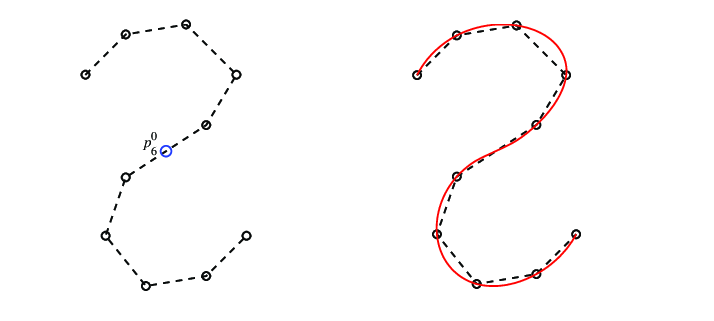
-
-
I think it's not a rookie mistake.
Nurbs curves can be created, but they do not close.
You have to create the Nurb surface from the 4 points differently.
Upload the file and the professionals can show us how it works.-
 1
1
-
-
10 hours ago, Jodak said:
Datenstempel
Eigentlich habe ich gerade keine passende Lösung dazu.
Ich verwende oft Klassen-oder Ebenenstempel leider konnte ich bisher die Ebenenreihenfolge oder ähnliches nicht einbauen.
Die AB Beschriftung ist sowas ähnliches. Im Layout kannst du die Texte mit DB-Feldern verlinken...
Ich denke, der Masstab müsste auch verfügbar sein.
Ev. gibt es bei den Architektur-Beschriftungen in der VW-Biliothek irgendwo eine Beschriftung wo du das Feld rausnehmen kannst.
Ansonsten suche ich jeweils in einer normalen Tabelle nach der entsprechenden "Funktion, Alle, ???". Wenn du dort fündig wirst ok.
Wenns noch immer nicht geht, dann kannst du vielleicht den Masstab mit einer Marionette auslesen und anschliessend direkt an dem Ansichtsbereich als DB anhängen --> Datenstempel auf AB anwenden...
Die Korpus Daten sind dann etwas komplexer. Der AB hat keine Ahnung was er überhaupt zeigt. Daher musst du womöglich den Korpus in die Klasse des ABs legen. Da es die gleiche Klassen aufweist, kannst du den Möbelnamen mit der Klasse abgleichen und anzeigen lassen.
Meine Angaben sind lediglich Gedanken.
-
Hallo Jodak
welche infos soll die Beschriftung erhalten?
Baugruppe, Möbelname, Position…
-
 1
1
-
-
The vectors can be determined with three points. The rotation angles around the two axes X&Y can then be calculated from the vectors.
In the case of a pyramid, these can be two corner points and the top.
-
My libraries are stored under this path. Could this be a problem? The library is updated.
/Users/"meinname"/opt/miniconda3/lib/python3.8/site-packages
Package Version
----------------------- -------------------
brotlipy 0.7.0
certifi 2023.11.17
cffi 1.16.0
chardet 5.2.0
charset-normalizer 3.3.2
click 8.1.7
conda 4.9.2
conda-package-handling 2.2.0
conda_package_streaming 0.9.0
contourpy 1.1.1
cryptography 41.0.7
cycler 0.12.1
enum-compat 0.0.3
fonttools 4.47.0
future 0.18.3
idna 3.6
importlib-resources 6.1.1
kiwisolver 1.4.5
matplotlib 3.7.4
numpy 1.24.4
packaging 23.2
paho-mqtt 1.6.1
pandas 2.0.3
pexpect 4.9.0
pillow 10.2.0
pip 23.3.2
pip-autoremove 0.10.0
ptyprocess 0.7.0
pycosat 0.6.6
pycparser 2.21
pyOpenSSL 23.3.0
pyparsing 3.1.1
pyserial 3.5
PySocks 1.7.1
python-dateutil 2.8.2
pytz 2023.3.post1
requests 2.31.0
robodk 5.6.7
robopython 1.0.4
ruamel.yaml 0.18.5
ruamel.yaml.clib 0.2.8
ruamel-yaml-conda 0.15.80
scipy 1.10.1
setuptools 49.6.0.post20210108
six 1.16.0
tqdm 4.66.1
tzdata 2023.4
urllib3 2.1.0
wheel 0.36.2
zipp 3.17.0
zstandard 0.22.0
-
Hello
I'm trying to use the following .py code in Vectorscript as a Python script. Compiling works. The application fails and the libraries are referenced. The libraries are there. what do i have to do?
Thanks for your help!
import numpy as np
import matplotlib.pyplot as plt
from mpl_toolkits.mplot3d.art3d import Poly3DCollectiondef create_turtle_shell(mesh_points, num_layers=5, layer_thickness=0.1):
"""
Erstellt schalenartige Elemente um die Hülle des 3D-Objekts.Parameters:
- mesh_points: Eine Nx3-NumPy-Array mit den Koordinaten der Meshpunkte.
- num_layers: Die Anzahl der Schichten.
- layer_thickness: Die Dicke jeder Schicht.Returns:
- turtle_shell: Eine Poly3DCollection, die die schalenartigen Elemente repräsentiert.
"""
turtle_shell = []for i in range(num_layers):
shell_points = mesh_points * (1 + i * layer_thickness)
hull_faces = create_convex_hull(shell_points)
turtle_shell.append(hull_faces)return turtle_shell
def create_convex_hull(points):
"""
Erstellt die konvexe Hülle für eine Menge von Punkten.Parameters:
- points: Eine Nx3-NumPy-Array mit den Koordinaten der Punkte.Returns:
- hull_faces: Eine Poly3DCollection, die die konvexe Hülle repräsentiert.
"""
from scipy.spatial import ConvexHullhull = ConvexHull(points)
hull_faces = Poly3DCollection([hull.points[face] for face in hull.simplices], alpha=0.2)return hull_faces
# Beispiel: Erzeuge zufällige 3D-Punkte
np.random.seed(42)
mesh_points = np.random.rand(100, 3)# Erzeuge die schalenartigen Elemente
turtle_shell = create_turtle_shell(mesh_points)# Visualisierung
fig = plt.figure()
ax = fig.add_subplot(111, projection='3d')for layer in turtle_shell:
ax.add_collection3d(layer)ax.scatter(mesh_points[:, 0], mesh_points[:, 1], mesh_points[:, 2], c='r', marker='o')
ax.set_xlabel('X')
ax.set_ylabel('Y')
ax.set_zlabel('Z')
plt.show()
-
blau / rot Symbol...
Wenn du ein Marionette Objekt as Symbol absicherst, dann ist es rot. Im KG brauchst du ein blaues.
Ich frage mich, ob der "Objet auflösen Knoten" im KG funktionieren könnte. So würde aus dem roten ein blaues Symbol mit allen Funktionen.
Soweit der Gedanke...
-
Zum Nachdenken.
Nun, eine Marionette mit NC-Bearbeitungen funktioniert im Korpusgenerator nicht.
Grund, es ist ein Rotes Symbol / intelligentes Objekt.Wenn wir das Symbol im KG nun dazu bringen würden, sich nach dem einfügen in eine Gruppe aufzulösen…
… würden die Bohrungen funktionieren.
-
Bringst du damit eine Marionette mit Bohrungen im Korpusgenerator zum laufen?
-
I used many symbols in my project.
Now I want to find symbols with the same name and replace them with a different symbol.
Which node can I use to get the name of the inserted symbol?
Thanks for your help!
-
Hello everyone
I would like to insert symbols from the accessories manager into the drawing and mirror them over several axes.
Unfortunately I have had little success with this.
Could it be the nodes?
what are your experiences?
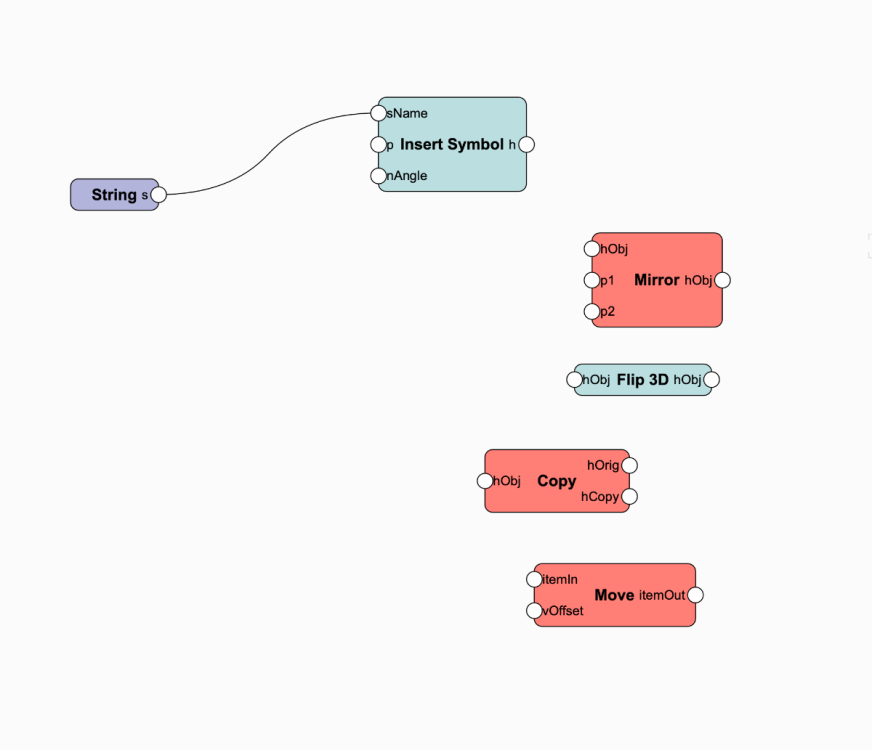
-
 1
1
-
-
Hey gsedlmeier.
Ich melde mich im DE Forum 😉
-
Hello everyone
I need a list of the names of all the symbol's that i have in the accessory manager.
Then I would like to adjust the texture of individual symbols based on the name.
And adjust individual database entries with "Replace String".
Are there standard nodes for this?Thanks
-
My solution:
https://pypi.org/project/Pillow/
click "pip install Pillow" --> copy
open Terminal.app, insert and press enter
-
Hello everyone
I have a small collection of nodes that I took over from networks.
Please test the function first and then install it in a network.
Use at your own risk.
-
6 hours ago, Marissa Farrell said:
Ziel
1. I use the nurbs surfaces to be able to arrange a path.
2. The path spreads over the entire area.
3. The position values xyz / abc can be read out in the path.I master each of the three positions mentioned above as a single element with a marionette.
At the moment I have to select each nurb surface individually, generate the path and then read out the position values.
Now I want to connect the three elements.
Ultimately, it is about creating a consistent automatism.
At the moment I think that I can read the modification points from the individual nurbs curves and then create a nurbs surface. Marionette's list calculation will be useful for this. Unfortunately, this is a detour.Thank you for the many responses and the interest you have shown.
My text was translated in Google...
-
-
@Pat Stanford Yes of course.
I thought I didn't know the right knot.
there is also the "Surface From Curves" node which I see as promising.
Or "Set Closed 3D" for polygons, but I need a node for nurbscurves.many thanks for your help
-
Hello everyone
At the moment I know the 3D model nurbs commands.
I have created many nurbs curves with Marionette and I want to convert them to nurbs surfaces with Marionette.
I think that the curves would have to be closed first.
Which node do I have to use?
Maybe there is a combination of different nodes?Thank you for your help.
Have a nice day -
Aligning an object over a nurbs surface.
-
Hello everyone
I now have a marionette with which I can determine the angle of inclination and the position in space.
- position xyz
- rotation abc
In one of the two videos I subdivide lines with and without vertices.
In the other video, the rotation around its own axis is shown.
You can see in the video:
- blue, the position of the vectors
- red, the Vector
- green, the corresponding area
- The graphic representation is only intended for checking the results.
I know the .xcs export format from Interiorcad.
Can I also output this format from a spreadsheet?-
 2
2



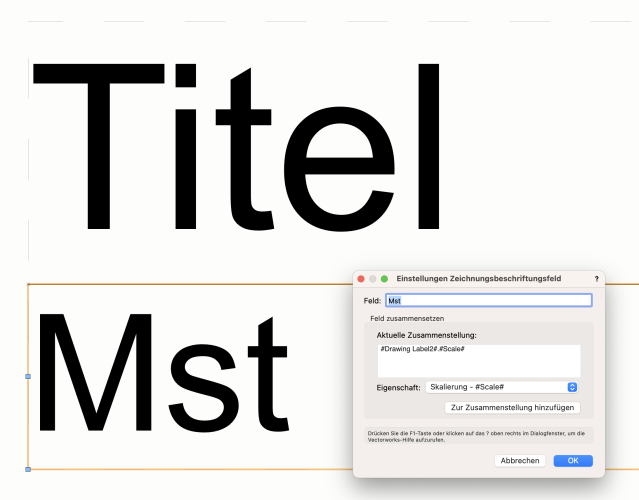


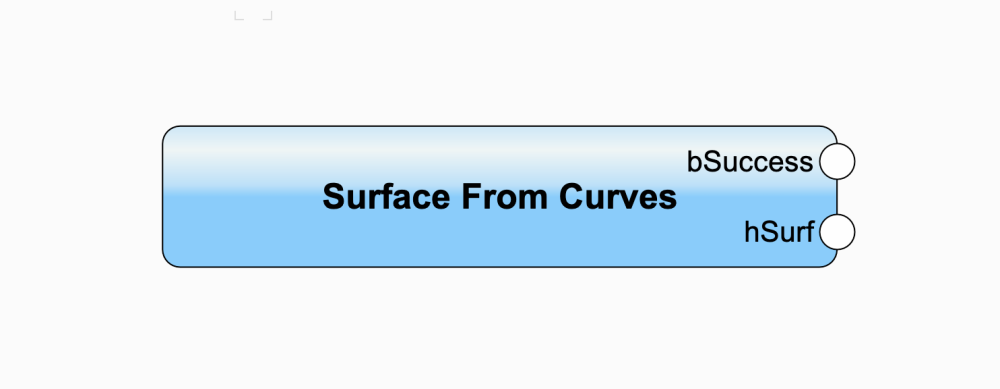
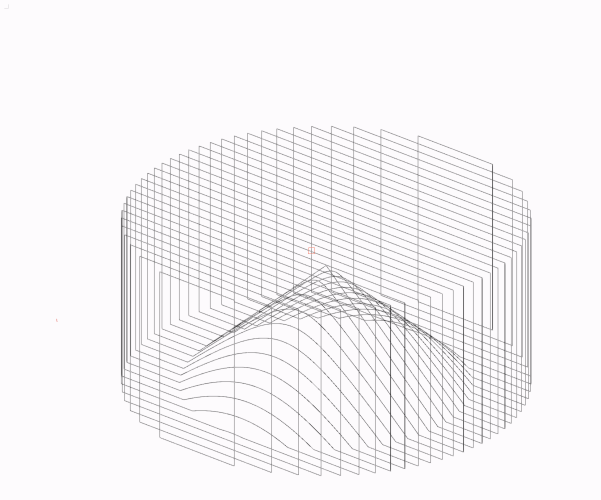
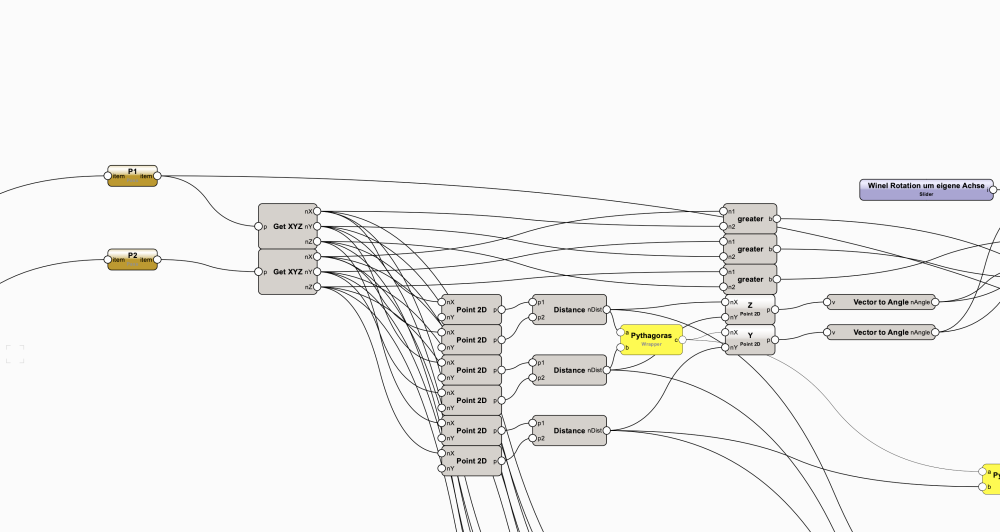
Point on poly with chord
in Marionette
Posted
Hallo @MullinRJ
Most are different.